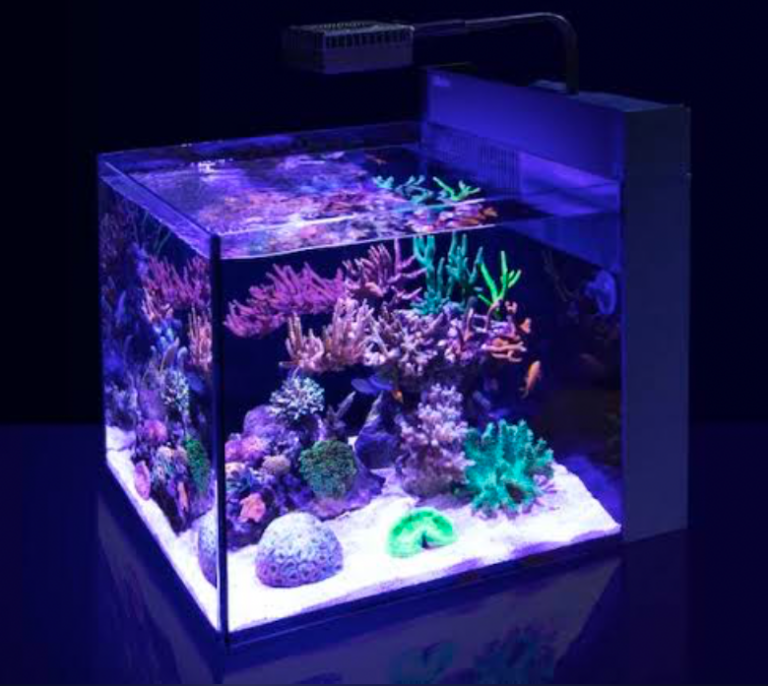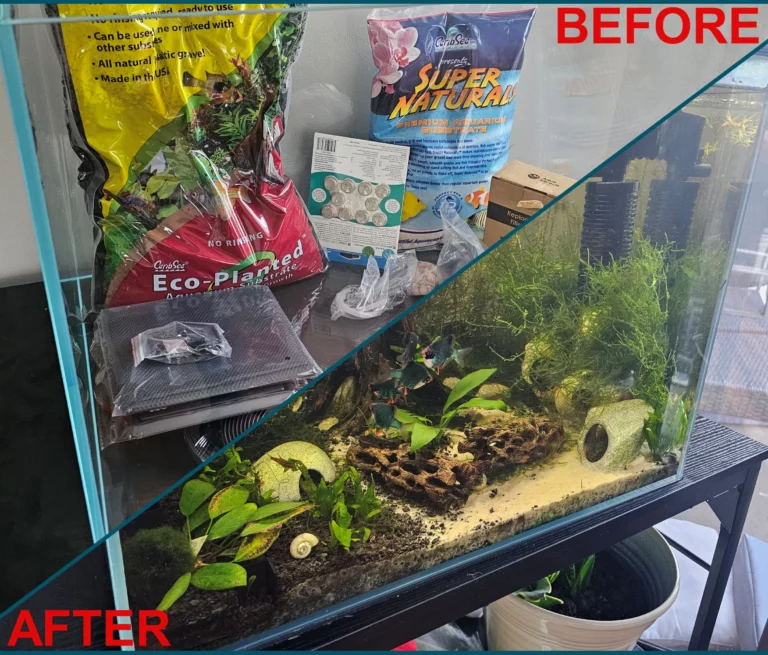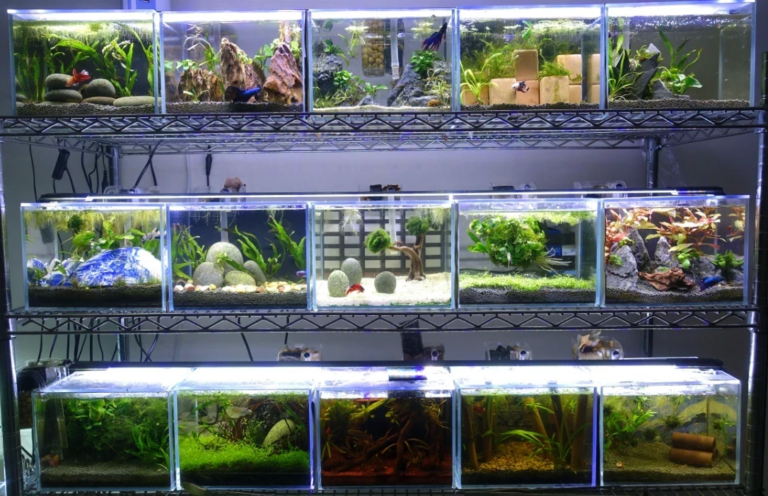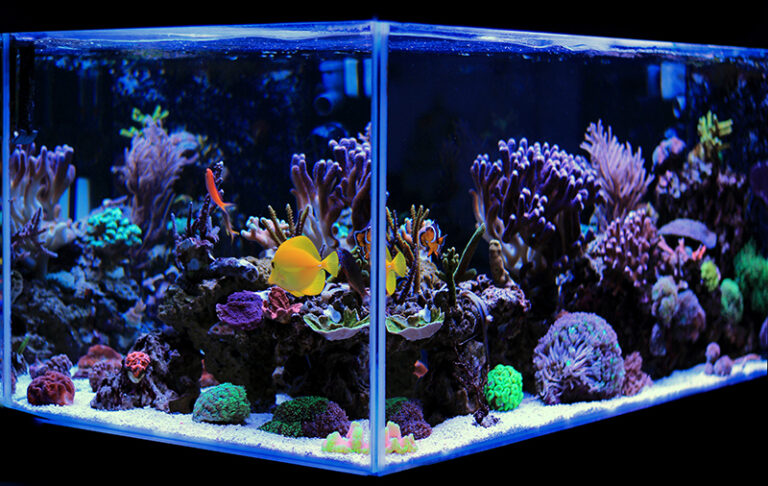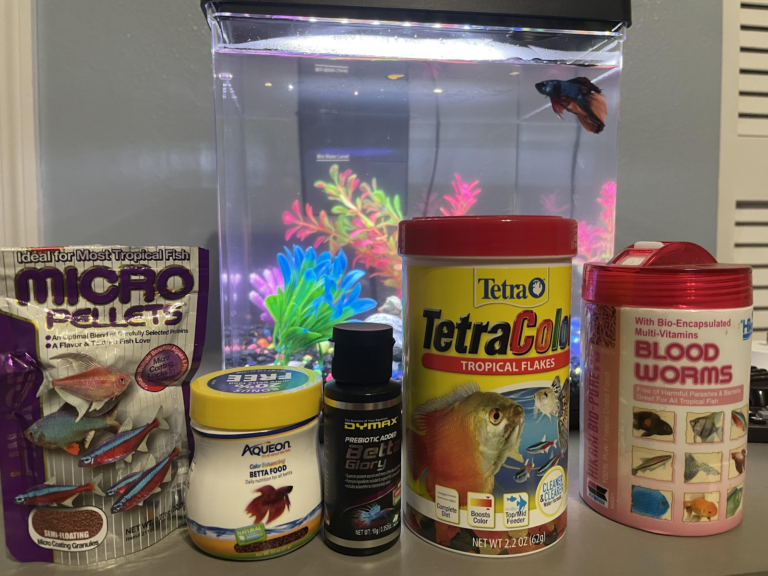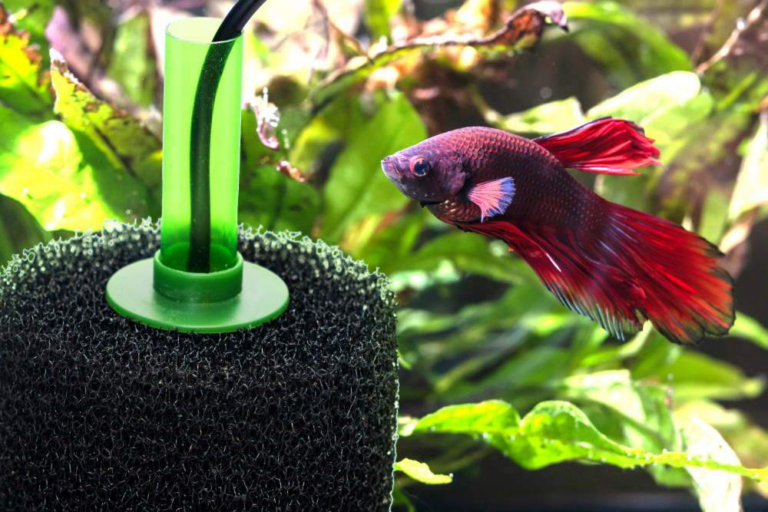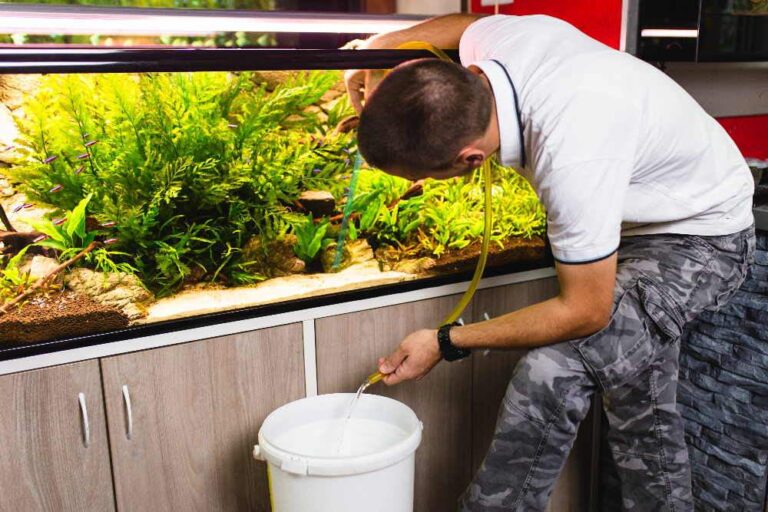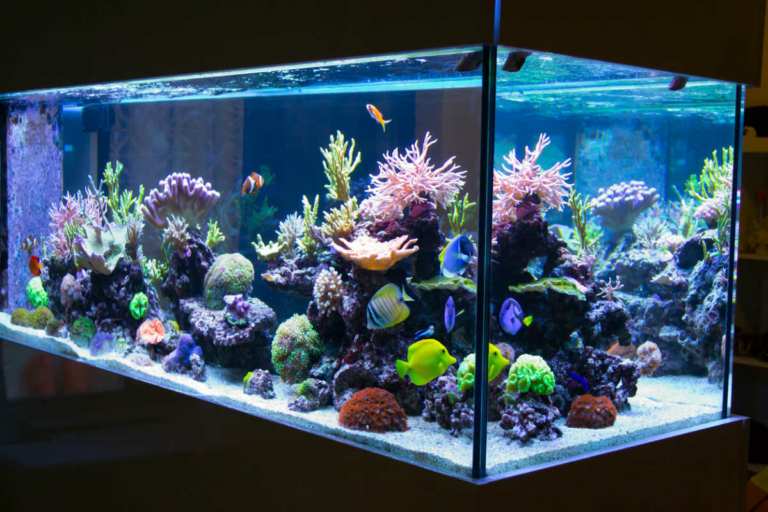Despite being small, nano reef tanks require as much care and maintenance as regular and large-sized aquariums. Here’s a detailed guide you must read before getting one for your space.
Gear & Tank Setups
This is where you’ll find help with different types of aquarium gear and equipment.
Learn how to choose the best products for your particular tank setup with the comprehensive guides found here.
In these guides, I will share my research and personal experience with anything from small heaters to large canister aquarium filters, and even premium LED lighting for plant or coral growth. No matter your level of experience there is something here to help you get started or improve as an aquarium hobbyist!
Complete Guide to Turtle Food: What to Feed and Why It Matters
A comprehensive guide on the right foods and a balanced diet that will help your pet turtles live up to their maximum potential in optimal health.
32-Gallon Freshwater Fish Tank Setup: Plants, Decor, & Fish-In Cycling Tips
Follow along as I create a sustainable aquascaped medium-sized freshwater aquarium, including essential equipment, plant recommendations, maintenance and much more, all wrapped up into this comprehensive guide.
Innovative Betta Fish Tank Designs to Inspire Your Next Aquarium Setup
Highlight your beautiful Betta fish’s colors with these themed tank ideas, we’ll cover all of the basics of setting up a unique Betta tank as well as share tips on using modern technology for automated maintenance.
Are Saltwater Fish Tanks Hard To Maintain?
Discover the realities of maintaining a saltwater fish tank. Learn about challenges, essential care tips, and make an informed decision. Read more!
How Much Should I Pay For A Fish Tank?
If you’re thinking about getting a fish tank, one of the first questions you might have is, “How much should I pay?” The cost of a fish tank can vary depending on several factors, including the size of the tank, the material it’s made of, the brand reputation and quality, and any additional features and accessories. In this article, we’ll delve into these factors to help you determine the price range you can expect for a fish tank.
The Ultimate Guide to Fish Food: Pros and Cons & Best Choices for Different Fish Species
Get the best fish food rich in nutrients to meet your pet’s dietary and health needs. Know the difference between the types of fish foods and their benefits.
What Type Of Filter Is Best For A Fish Tank?
When it comes to setting up an ideal environment for your betta fish, having the right filter is crucial. A proper filtration system not only helps maintain a clean and healthy tank but also ensures the well-being of your betta. In this article, we will explore the different types of filters available for betta fish tanks and provide insights on which one is best suited for your beloved fish.
How Do You Vacuum Gravel In A Fish Tank?
When it comes to keeping your fish tank clean and maintaining a healthy environment for your aquatic friends, regular maintenance is key. One essential task is vacuuming the gravel in your fish tank. Gravel vacuuming not only removes debris and waste from the substrate but also helps to maintain the overall water quality. In this article, we will explore the step-by-step process of vacuuming gravel in a fish tank and provide you with some useful tips to ensure efficient and effective cleaning.
Why Are Fish Tanks So Expensive?
Have you ever wondered why fish tanks can sometimes come with a hefty price tag? It’s not uncommon for aquarium enthusiasts to be shocked by the cost of these aquatic habitats. In this article, we will explore the factors that contribute to the high price of fish tanks and discuss the various elements that make up their cost.

